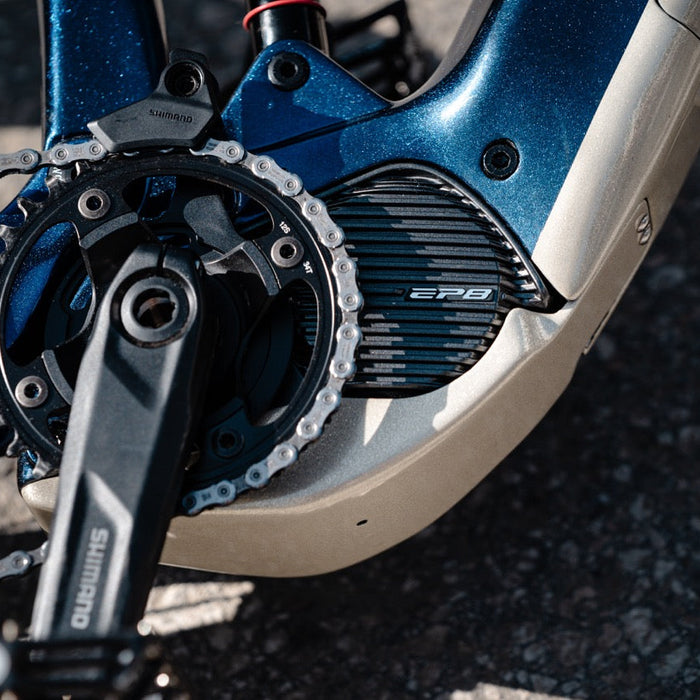

deep discharge
Von Fabian Huber |
2 minutes read time
What is deep discharge?
Deep discharge occurs when an accumulator, i.e. a rechargeable battery, is discharged beyond its recommended minimum. This can significantly shorten the battery's lifespan and in many cases causes the battery to be irreparably damaged and its ability to store and release charge to be greatly reduced. The phenomenon of deep discharge is particularly common in lead-acid, lithium-ion and nickel-metal hydride batteries. The critical threshold varies depending on the battery type, but is generally a residual voltage of 20 to 30 percent of the nominal capacity. Deep discharge can be caused by leaving the device in a discharged state for a long time, by excessive discharge currents or by operating the device beyond the recommended discharge threshold. In practice, this means that, for example, the light of a bicycle powered by a battery should not be left on for an unnecessarily long time to avoid deep discharge.
What should be considered in case of deep discharge?
- Regular charging: It is important not to leave batteries in a discharged state for long periods of time. Regular charging helps prevent deep discharge.
- Proper storage: Batteries should be stored at moderate temperatures. Extreme cold or heat can lead to faster self-discharge.
- Use of protection circuits: Using batteries with integrated protection circuits can protect against deep discharge by switching off the battery when the charge level is critically low.
Tips and Tricks
- Check the charge level of your e-bike batteries regularly, especially if you have not used them for a long time.
- Avoid using your devices until the battery is completely drained. Try charging them first.
- Store batteries at moderate temperatures to avoid rapid self-discharge.
- If possible, use smart chargers that automatically switch off the battery when fully charged to avoid overcharging and deep discharge.




